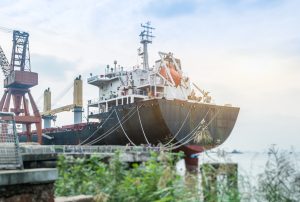
Preventive Maintenance: The ARCSHIP Commitment to Safety and Efficiency
At ARCSHIP, preventive maintenance is not just compliance—it’s an integral part of our mission to save lives, protect assets, and ensure operational efficiency across our
Arc Ship Management And Chartering Private Limited
A-119, TTC Industrial Area, Kopar Khairane MIDC, Navi Mumbai, Maharashtra – 400 710 India.
Solas Safety Services Private Limited
Shed No-4, Castle Rock, Logis Warehousing, Malippuram, Ernakulam, Kerala – 682511 India
Marine Safety Products Private Limited
S. No. 135*10, D. No. 4-23A, Angadibettu, Matapady, Cross Road Bramavar – 576213, Udupi (Dis), Karnataka
Sea Safe Technical Services Private Limited
Plot No.63/E/DG, Industrial Estate, Dollygunj, Port Blair Andaman and Nicobar islands – 744103
Arc Ship Management & Chartering Private Limited
No.103/15A, Jayantha Mallimarachchi Mawatha, Colombo-14
Arc Ship Management & Chartering LLC
Head Office
SHED #182B AL, JADDAF DRYDOCK WORLD, P.O BOX -65565, DUBAI, UAE
Arc Ship Management & Chartering LLC
Office No 881, 8th Floor Algaith Tower Abu Dhabi United Arab Emirates
Arcship Marine Services SPC
Shed No # 7, Vitality Logistic Warehouse Ghala Insustrial Area, PO box 112, Muscat Sultanate Of Oman
Arc Ship Equipment Maintenance Company
King Khalid Ibn Abdhulaziz Saud Street, Al Bustan Road, Sinaiyah, Ras Tanura, Kingdom of Saudi Arabia, Postal Code: 32816
Arc Ship Management & Chartering Limited
Suite C, Level 7, World Trust Tower, 50 Stanley Street, Central Hong Kong
Arc Ship Management & Chartering Company Limited
1108/31 Sukhumvit Road, Phra Khanong sub district, Khlong Toei district, Bangkok, Thailand
Arc Ship Management & Chartering Sendirian Berhad
No. 10, Jalan Wira 6, Taman Tan Sri Yacob, 81300 Skudai, Johor, Malaysia

© ARCSHIP MANAGEMENT. All rights reserved.